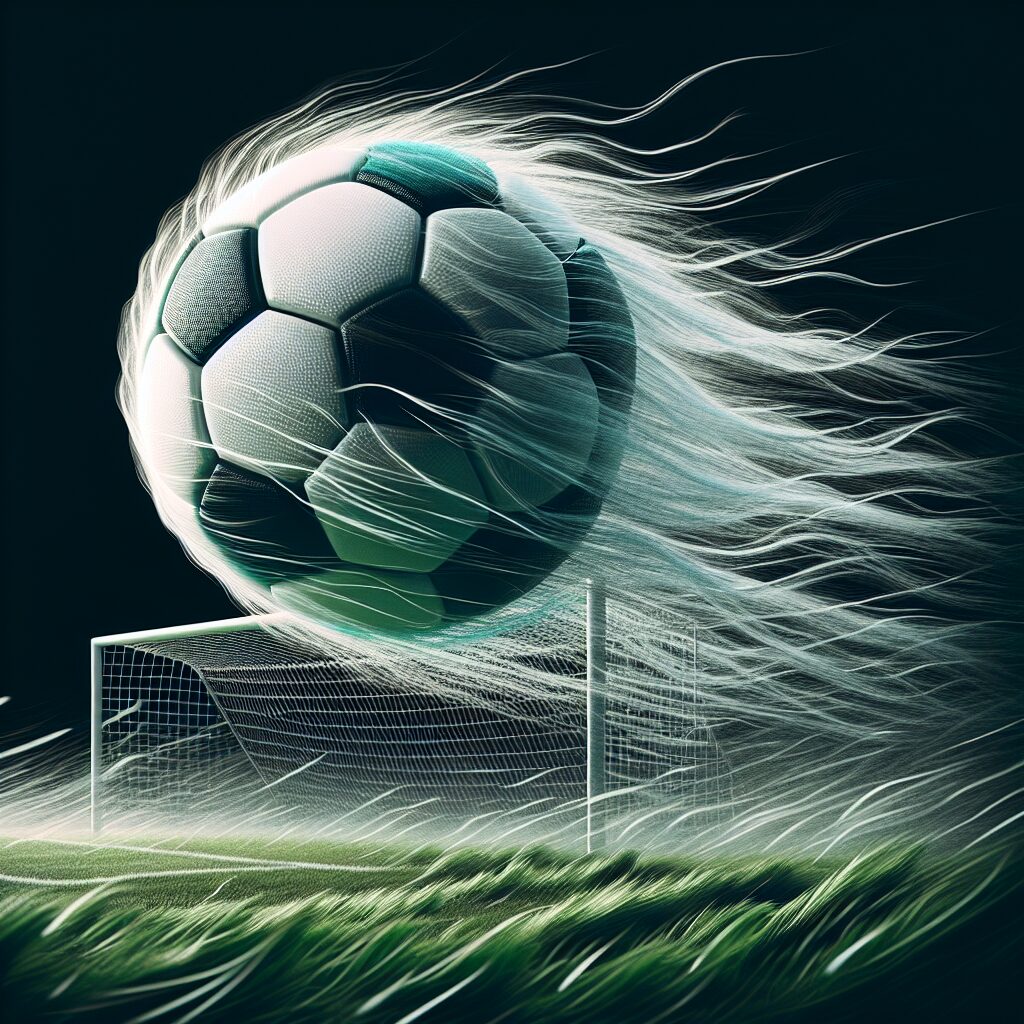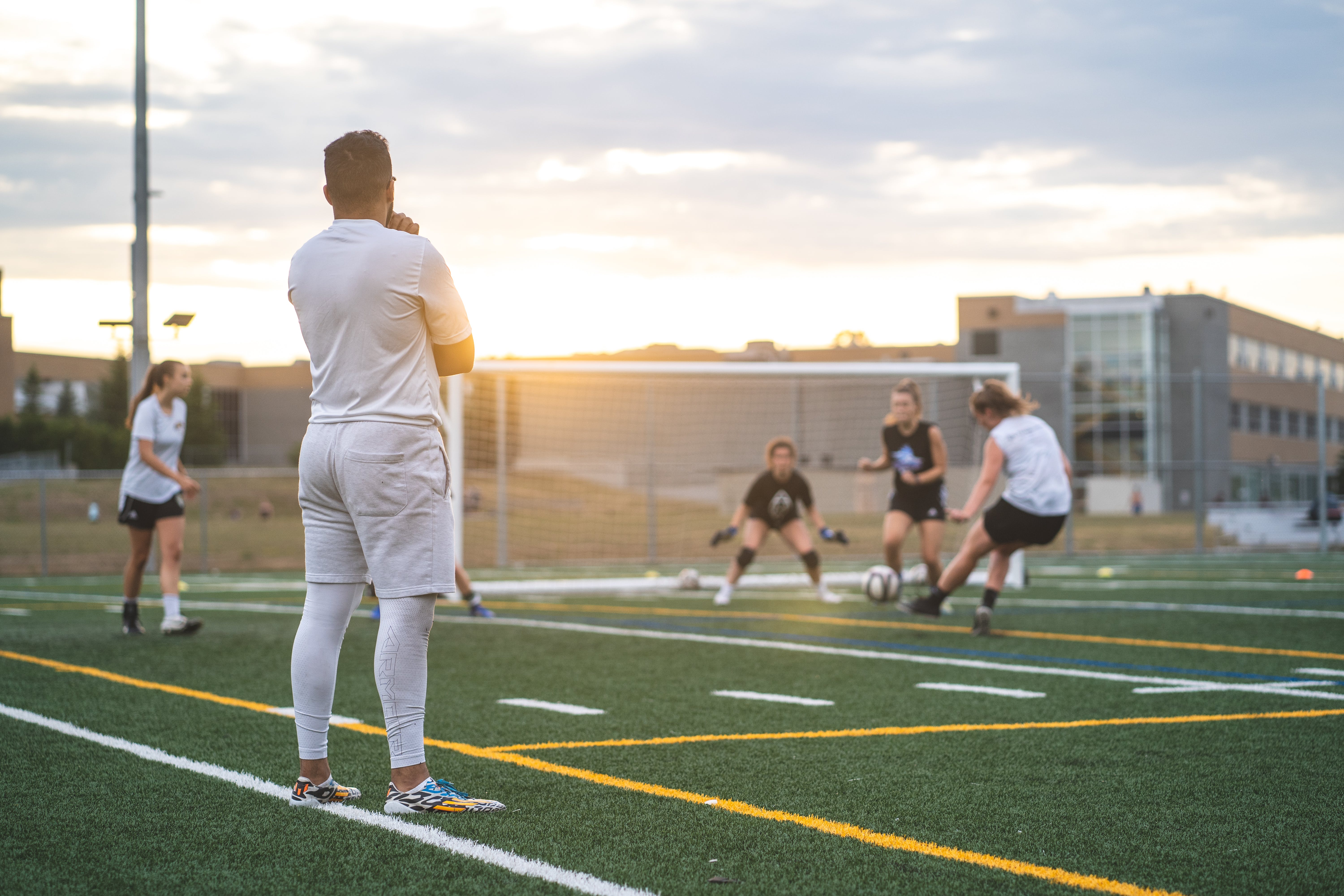When it comes to outdoor sports like football or baseball, the elements can greatly affect the game. One element that can prove to be particularly challenging for players to navigate is the wind. Wind introduces an unpredictable factor that can impact the trajectory and accuracy of a ball. Whether it’s a soccer ball soaring towards the goal or a baseball hurtling towards home plate, understanding how wind can influence ball accuracy is essential for players and teams to achieve success.
In the realm of sports, wind is a force to be reckoned with. Its strength and direction can significantly impact the path a ball takes, making it a crucial variable to consider for players aiming to hit the mark. For instance, a strong headwind can alter the distance and speed at which a ball travels, making it more challenging to predict its trajectory. On the other hand, a tailwind can have the opposite effect, propelling the ball further than anticipated. These varying wind conditions create a unique challenge for athletes, as they must account for this external force while maintaining their focus and technique.
Moving forward, this article will delve into the key takeaways related to wind and ball accuracy. We will explore strategies for players to enhance their ability to adapt to windy conditions, as well as techniques to mitigate the impact of the wind on ball accuracy. By understanding how wind can influence the path of a ball and equipping themselves with the necessary skills and knowledge, athletes can strive for precision and consistently hit the mark, even in the face of gusty obstacles. Stay tuned to discover the secrets of mastering ball accuracy in windy conditions.
Key Takeaways
1. Wind significantly affects ball accuracy in various sports, such as football, golf, tennis, and baseball, making it crucial for athletes to understand and adjust their strategy accordingly.
2. Understanding the wind direction and speed is essential for athletes, as it greatly influences the trajectory and distance of the ball, often requiring adjustments in aim, power, or technique.
3. Athletes can utilize several strategies to enhance their ball accuracy in windy conditions, including choosing higher lofting clubs or racquets, altering body positioning, and modifying ball contact points to counteract the wind’s impact.
4. Practice and experience are fundamental for athletes to develop the necessary skills to adjust to windy conditions, as it allows them to develop a sense of feel and intuition regarding the extent of adjustment required to accurately hit their desired target.
5. The ability to adapt to windy conditions not only improves ball accuracy but also provides athletes with a competitive advantage, as they can exploit their opponents’ struggles and seize opportunities to gain an edge during competitions.
Understanding the Importance of Wind and Ball Accuracy
Factors Affecting Wind and Ball Accuracy
When it comes to achieving wind and ball accuracy in various sports, understanding the factors that influence it is crucial. Some key factors include:
1. Wind Speed and Direction
Wind is one of the primary elements that affects ball accuracy in many sports. The speed and direction of the wind can significantly alter the trajectory, distance, and stability of the ball in the air. It is important to take wind conditions into account to adjust your shots accordingly.
2. Ball Type and Weight
The type and weight of the ball you are using also play a significant role in achieving accuracy. Different sports require different ball characteristics, and mastering the handling of a specific ball type can greatly improve your accuracy. Understanding the weight and its impact on flight dynamics is essential.
3. Technique and Form
The technique and form you employ while striking or throwing a ball directly influence accuracy. Proper body positioning, footwork, grip, and follow-through are essential components of achieving optimal ball accuracy. Regular practice and honing your technique can make a huge difference in hitting the mark consistently.
4. Environmental Factors
Besides wind, there are other environmental factors that can affect ball accuracy. These include temperature, humidity, altitude, and even the condition of the playing surface. Being aware of these factors and adjusting your approach accordingly can greatly enhance your accuracy.
Tips for Enhancing Wind and Ball Accuracy
1. Study the Wind Conditions
Before attempting any shots, analyze the wind conditions thoroughly. Observe the speed and direction of the wind, and predict its impact on your shots. Consider how the wind will influence the flight path and take necessary adjustments to achieve accurate results.
2. Practice in Various Weather Conditions
To become proficient in wind and ball accuracy, it is imperative to practice in various weather conditions. Train under different wind speeds, directions, and intensities to develop the ability to adapt and improve your accuracy in any situation.
3. Work on Technique and Body Control
Dedicate time to refining your technique and body control. Focus on maintaining a stable base, proper body alignment, and a consistent release point. By honing these fundamentals, you can achieve more accurate shots, regardless of wind conditions.
4. Learn to Adjust Your Shots
Master the art of adjusting your shots on the go. As you become more experienced, you will learn to read the wind and make minor modifications to compensate for its effects. Practice adjusting your aim, angle, and power to consistently hit the mark despite varying wind conditions.
5. Seek Professional Coaching
If you are serious about improving your wind and ball accuracy, consider seeking guidance from a professional coach. They can provide valuable insights, correct any flaws in technique, and offer personalized advice tailored to your specific needs.
Frequently Asked Questions
1. How does wind affect ball accuracy in sports?
Wind can significantly impact the accuracy of a ball in sports. It can alter the trajectory, speed, and distance that the ball travels, making it challenging for athletes to hit the mark consistently.
2. What are some techniques to improve ball accuracy in windy conditions?
To enhance ball accuracy in windy conditions, players can focus on adopting a more stable stance, adjusting their aim accordingly, and using techniques such as spin or loft to counteract the wind’s influence.
3. Does wind affect all sports equally?
No, the impact of wind on ball accuracy varies across different sports. For example, wind may have a more substantial effect on a golf ball’s flight compared to a basketball’s trajectory.
4. Are there any specific training exercises to improve ball accuracy in windy conditions?
Absolutely! Coaches and trainers employ various drills and exercises that simulate windy conditions to help athletes develop better ball accuracy skills. These drills often include practicing in open fields with wind machines or using weighted balls.
5. Can wind affect the accuracy of both professional and amateur athletes?
Yes, wind can affect the accuracy of both professional and amateur athletes. Regardless of skill level, understanding and adapting to the wind’s conditions is crucial for maintaining ball accuracy.
6. How can wind speed influence ball accuracy?
Higher wind speeds can make it more challenging to hit the mark accurately. The stronger the wind, the more it can divert the ball’s path, causing it to deviate from the intended target.
7. Are there any benefits to practicing in windy conditions?
Practicing in windy conditions can provide athletes with an opportunity to improve their adaptability, problem-solving skills, and overall technique. It helps players learn to adjust their shot and compensate for the wind’s effects.
8. Can wind direction affect ball accuracy?
Absolutely. Wind direction plays a crucial role in ball accuracy. Athletes must analyze the wind’s direction and make adjustments accordingly to ensure their shot reaches the intended target.
9. Is ball accuracy solely dependent on wind conditions?
No, ball accuracy is influenced by various factors such as technique, physical condition, and experience. Although wind conditions can significantly impact accuracy, a player’s overall skill set also contributes to hitting the mark consistently.
10. Are there any specific ball types or designs that are less affected by wind?
Yes, certain ball types or designs are engineered to minimize the impact of wind. For example, in golf, balls with dimpled surfaces are designed to enhance stability and reduce the effect of wind on their flight.
Final Thoughts: Wind and Ball Accuracy – Hitting the Mark
Mastering ball accuracy in windy conditions is a key challenge for athletes across various sports. The ability to anticipate and adapt to the wind can make a significant difference in hitting the mark consistently. While it may seem daunting, understanding the effects of wind on ball trajectory and employing specific techniques can help overcome this obstacle.
Remember, practice makes perfect. By dedicating time to train in various wind conditions, athletes can develop the necessary skills to navigate challenging situations effortlessly. With patience, persistence, and a willingness to adjust their approach, athletes can rise above the wind’s influence and achieve remarkable ball accuracy, truly hitting the mark.




